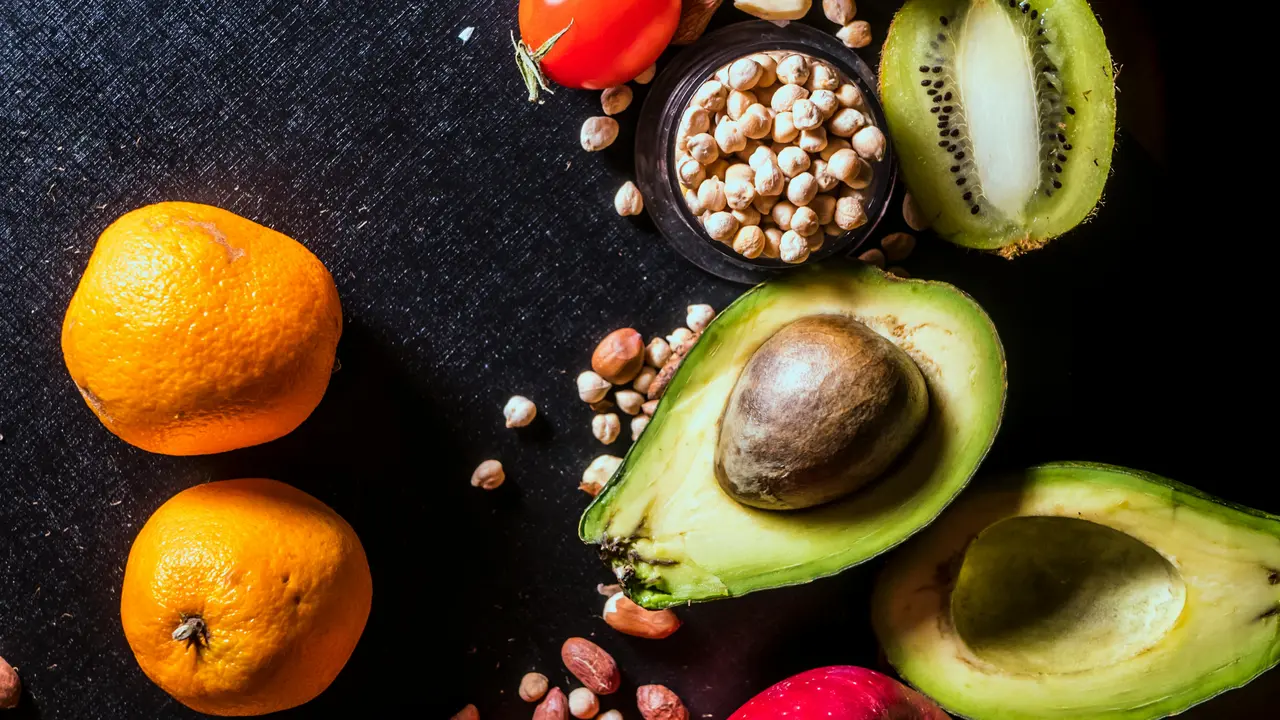Have you ever wondered “is a fat or phospholipid less soluble in water?” This question delves into the fascinating world of biochemistry, where understanding the solubility of different fats and phospholipids can reveal crucial insights about their functionality and roles in biological systems. In this article, we will explore the properties of fats and phospholipids, shedding light on their solubility in water and what this means for their biological importance.
Understanding Fats and Phospholipids: What are They?
Defining Fats
Fats, also known as triglycerides, are esters derived from glycerol and three fatty acids. They are primarily used as a source of energy and play key roles in cellular functions. Fats are generally classified into saturated and unsaturated types, which differ in their chemical structure and properties.
Defining Phospholipids
Phospholipids, on the other hand, are a class of lipids that are a major component of all cell membranes. They consist of two fatty acids, a glycerol unit, and a phosphate group. Thanks to their unique structure, phospholipids have both hydrophilic (water-attracting) and hydrophobic (water-repelling) properties, which is essential for the formation of cell membranes.
Is a Fat or Phospholipid Less Soluble in Water?
Understanding Solubility
To answer the question of “is a fat or phospholipid less soluble in water,” we first need to understand what solubility means. Solubility refers to the ability of a substance to dissolve in a solvent, in this case, water. Fat molecules are largely nonpolar, meaning they do not interact well with polar solvents like water.
Solubility of Fats
Fats are generally hydrophobic, which means they are less soluble in water. Their long chains of carbon and hydrogen atoms create a structure that repels water molecules. As a result:
- Fats tend to clump together when introduced to water.
- They form separate layers rather than dissolving.
- This property is crucial for their function in energy storage.
Solubility of Phospholipids
In contrast, phospholipids possess both hydrophilic and hydrophobic regions. This dual nature makes them more versatile in terms of solubility:
- The hydrophilic head interacts favorably with water.
- The hydrophobic tails avoid water, leading to the formation of bilayers in cellular membranes.
- While phospholipids can interact with water, their overall interaction is less straightforward than fats.
The Biological Implications of Solubility
Energy Storage and Mobilization
The solubility characteristics of fats and phospholipids have significant implications for their biological roles. Fats, being less soluble in water, serve as efficient energy storage molecules. Their compact nature allows organisms to store large amounts of caloric energy in a relatively small volume.
Cell Membrane Structure and Function
Phospholipids, on the other hand, are crucial for cell membrane integrity. Their ability to form bilayers allows for the compartmentalization of cellular processes and the effective separation of the internal environment from the external one. This is essential for maintaining homeostasis within cells.
Practical Applications of Fats and Phospholipids
Culinary Uses of Fats
Fats are widely used in cooking and food preparation. Their lack of solubility in water allows them to be used for frying and baking, imparting flavor and texture to a variety of dishes. Common fats include:
- Butter
- Olive oil
- Coconut oil
Phospholipids in Industry
Phospholipids are not just important for biological processes; they also have practical applications in various industries. For example:
- They are used as emulsifiers in food products.
- They are employed in pharmaceutical formulations.
- They serve as biocompatible materials in biomedical applications.
Conclusion
In summary, when pondering “is a fat or phospholipid less soluble in water,” we find that fats are indeed less soluble due to their hydrophobic nature, while phospholipids showcase a unique dual property that allows them to interact with water differently. Understanding these characteristics is vital for appreciating their respective roles in biology and various industries. If you found this exploration intriguing, consider sharing this article or checking out our related content for more insights into the fascinating world of biochemistry!
Fat – Recent Articles
- Was The Rock Ever Fat? The Surprising Truth Revealed!
- Does Incline Treadmill Burn Belly Fat? Discover the Truth!
- How Does Sono Bello Remove Fat? Discover the Secrets Now!
- How to Lose Inner Leg Fat: 7 Effective Tips You Must Try!
- Does Stair Stepper Burn Fat? Uncover the Truth Today!
Fat – Useful Links
- Harvard T.H. Chan – Types of Fat
- Harvard Health – The truth about fats: the good, the bad, and the in-between
- MedlinePlus – Dietary Fats
- NHLBI / NIH – Healthier Fats and Oils Fact Sheet
- HelpGuide – Choosing Healthy Fats
